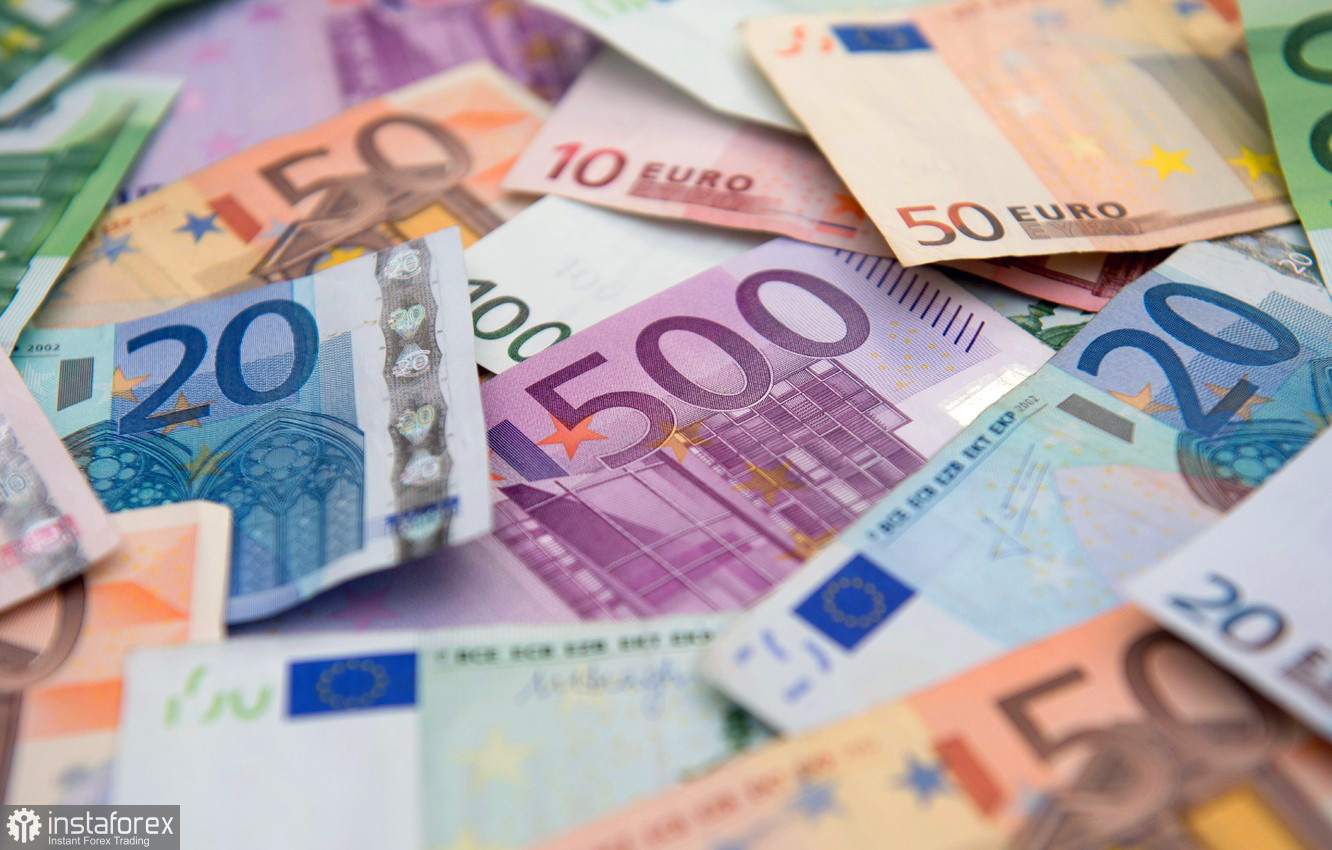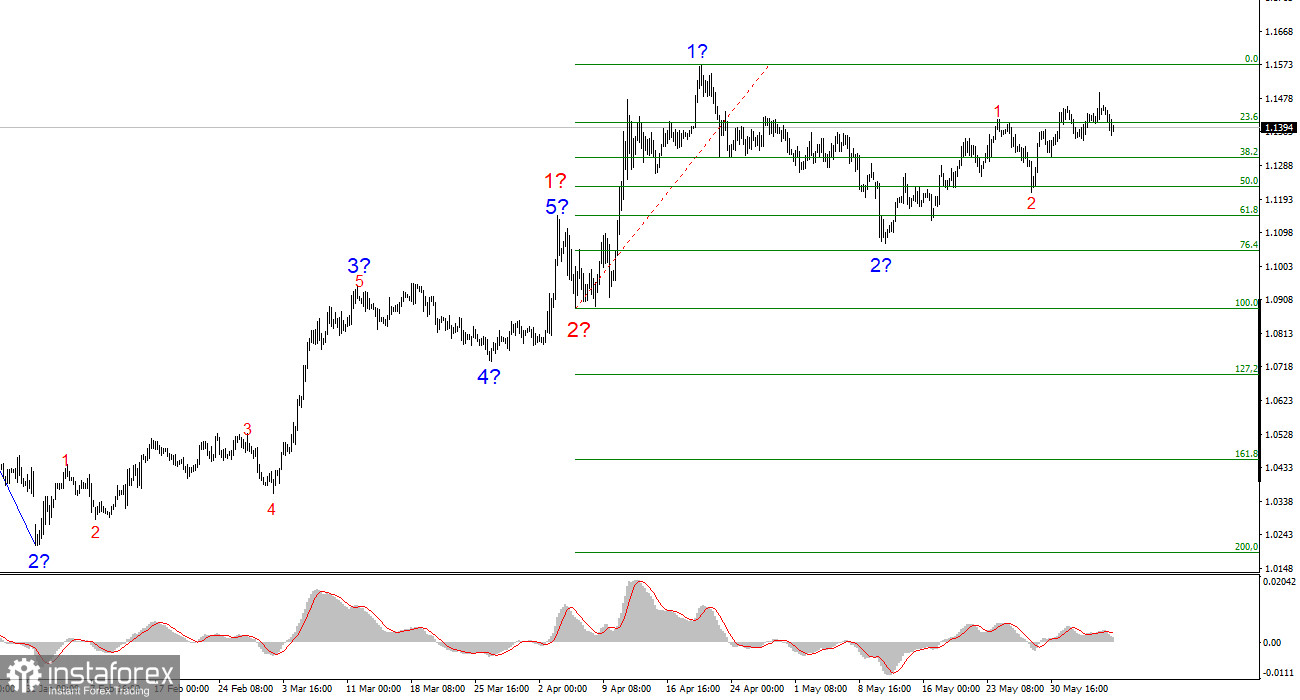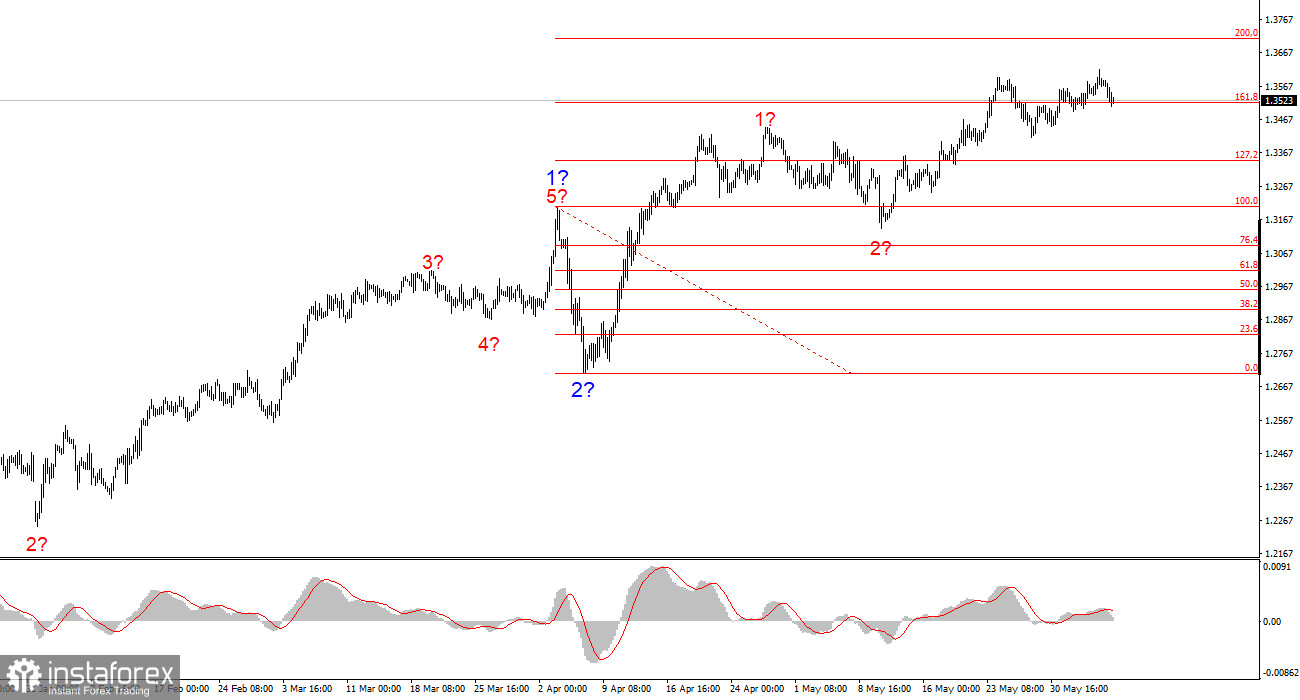
Boredom—pure and simple. That's how the upcoming week looks for the European currency. I want to clarify from the beginning that this review focuses solely on the European news background and its effect on the euro's exchange rate. One shouldn't forget about America—not so much its economic data, which in 2025, along with central bank meetings, have lost the market's attention, but rather news related to Donald Trump, his policies, his conflicts, and his decisions. These developments are expected to capture the most attention in the markets.
At the very least, there won't be much else to focus on. Over the next five working days, reports on industrial production and inflation in Germany will be released in the Eurozone. Industrial production will likely disappoint again, but the market has long grown used to this, as its volumes have more often declined than risen in recent years. As for the inflation report from Germany, the market is already familiar with the preliminary estimate for May.

The European Central Bank lowered interest rates for the eighth consecutive time this week, which may have placed, if not a definitive period, then at least an ellipsis on the matter. In other words, the ECB has reduced rates into the "neutral zone," as Christine Lagarde announced on Thursday. From now on, every decision by the central bank will be carefully weighed, and another round of monetary policy easing may not occur soon.
Based on this, inflation reports—which in recent years have slowed to target levels—no longer play a major role. Moreover, this will only concern German inflation, not the entire Eurozone. Therefore, during the new week, my readers should focus more on non-economic news, as there won't be much economic news to follow.
Wave Structure for EUR/USD:
Based on the analysis of EUR/USD, I conclude that the instrument continues to build an upward trend segment. In the near term, the wave structure will entirely depend on the news background related to Trump's decisions and U.S. foreign policy. The formation of wave 3 of the upward trend segment has begun, and its targets may extend up to the 1.2500 area. Therefore, I am considering buying positions with targets above 1.1572, which corresponds to 423.6% of Fibonacci's retracement and is even higher. It should be noted that de-escalation of the trade war could reverse the uptrend, but for now, there are no signs of a reversal or de-escalation.
Wave Structure for GBP/USD:
The wave structure of the GBP/USD instrument has changed. We are now dealing with an upward, impulsive segment of the trend. Unfortunately, under Donald Trump, the markets may face many more shocks and reversals that do not correspond to any wave structure or type of technical analysis, but for now, the working scenario and structure remain intact. The formation of an upward wave 3 continues with the nearest target at 1.3708, corresponding to 200.0% Fibonacci of the presumed global wave 2. Therefore, I am still considering buying positions, as the market has yet to show a desire to reverse the trend.
Main principles of my analysis:
- Wave structures should be simple and clear. Complex structures are hard to trade and often bring changes.
- If there is a lack of confidence in the market, it is better to refrain from entering.
- There is never 100% certainty in the direction of movement. Don't forget to set Stop Loss orders.
- Wave analysis can be combined with other types of analysis and trading strategies.
 English
English 
 Русский
Русский Bahasa Indonesia
Bahasa Indonesia Bahasa Malay
Bahasa Malay ไทย
ไทย Español
Español Deutsch
Deutsch Български
Български Français
Français Tiếng Việt
Tiếng Việt 中文
中文 বাংলা
বাংলা हिन्दी
हिन्दी Čeština
Čeština Українська
Українська Română
Română


